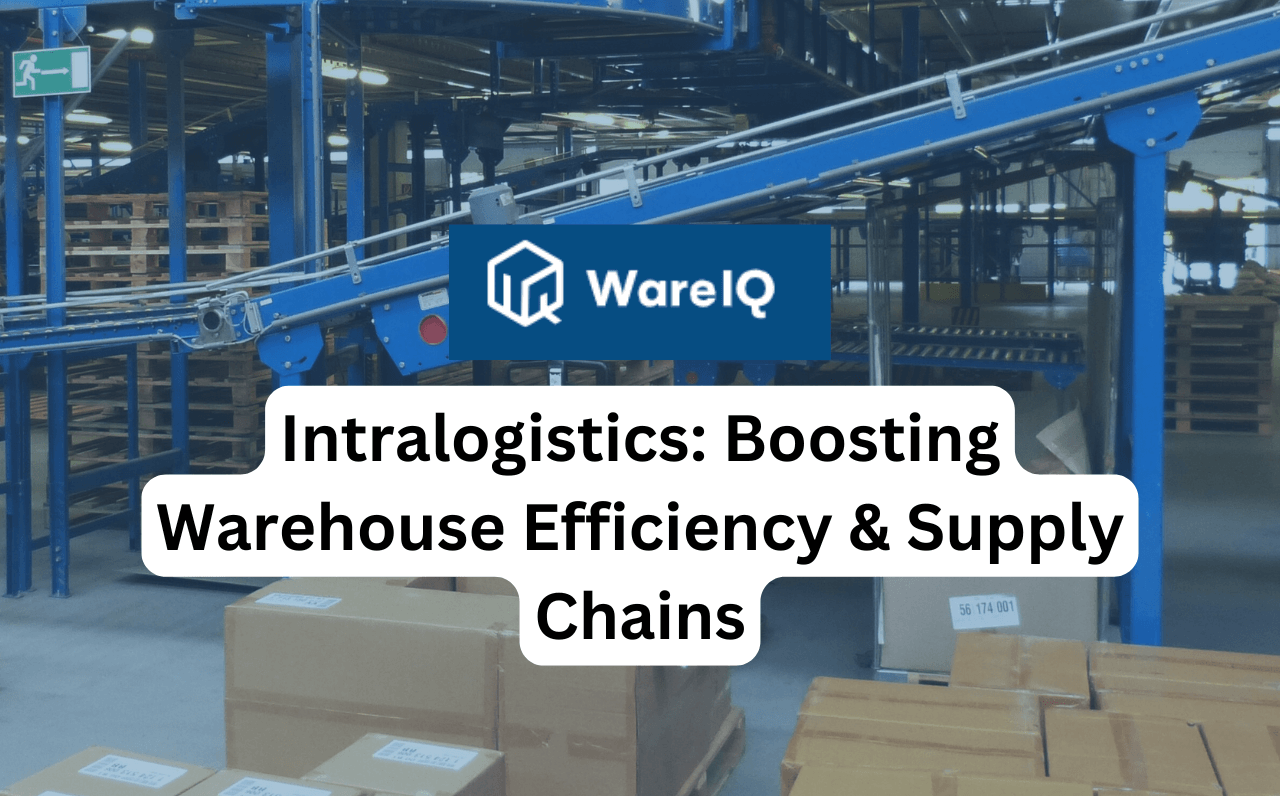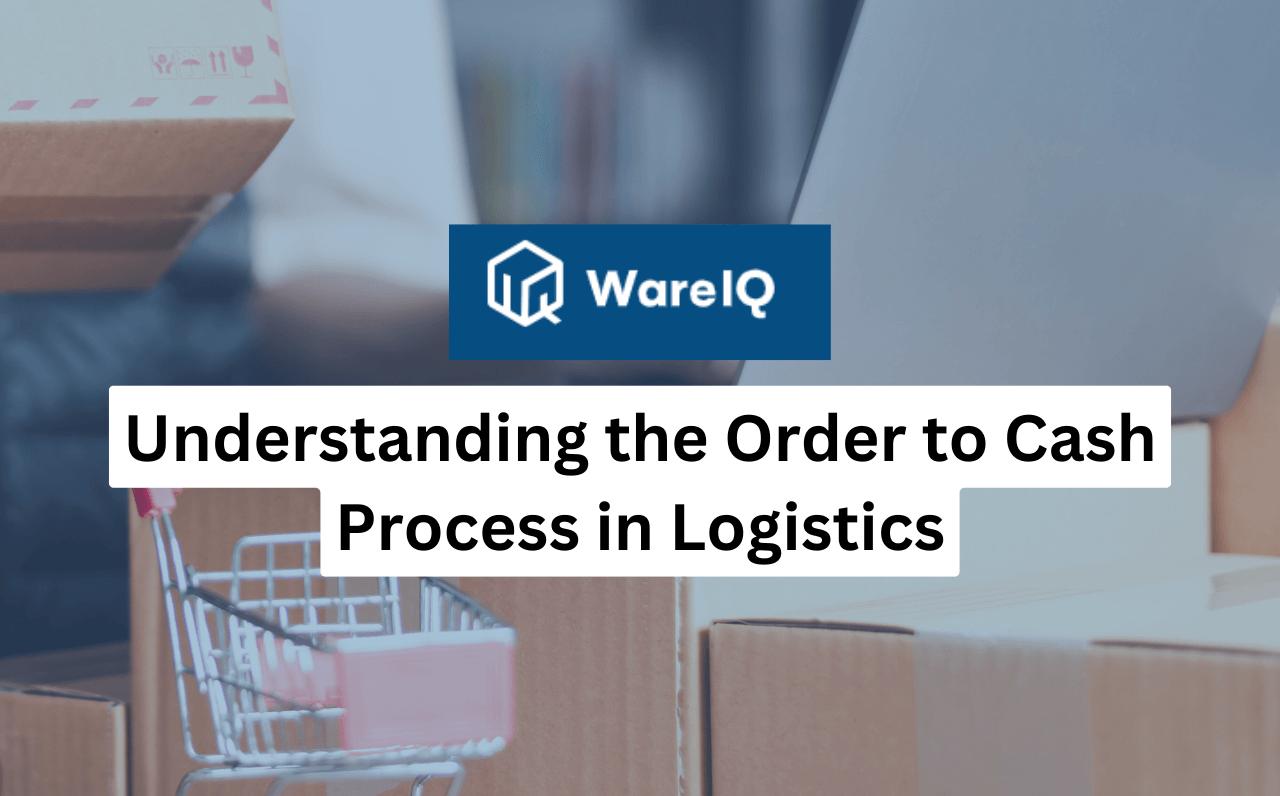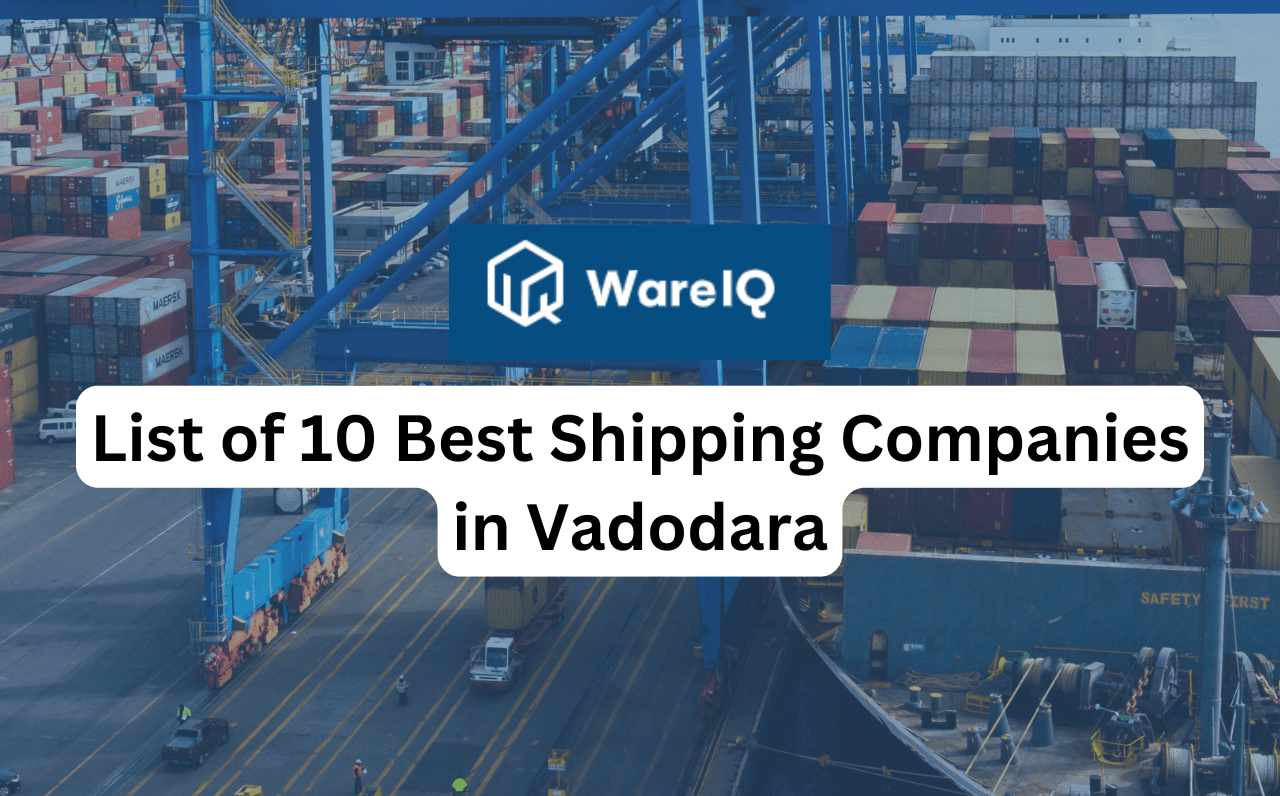
Intralogistics: Boosting Warehouse Efficiency & Supply Chains
Intralogistics has emerged as a transformative force in modern warehouse management and supply chain operations. This specialised branch of internal logistics focuses on optimising the movement, storage, and management of goods within a facility, ensuring seamless workflows and enhanced productivity. As businesses strive for efficiency and agility, intralogistics offers innovative solutions that integrate advanced technologies like automation, robotics, and data-driven software systems. In today’s competitive marketplace, intralogistics extends beyond simple process improvement. It is now a cornerstone for achieving cost savings, minimising operational disruptions, and adapting to ever-changing consumer demands. This article explores the intricacies of intra logistics, its benefits, and its growing significance in modern supply chain strategies. What Is Intralogistics? Intralogistics refers to the processes, systems, and solutions that manage and optimise the flow of goods, materials, and information within the boundaries of a warehouse or production facility. It encompasses activities such as transportation, storage, picking, packing, and inventory management, all aimed at streamlining internal logistics operations. Unlike traditional logistics, which focuses on external supply chain activities, intra logistics emphasises the efficiency and coordination of internal workflows. The concept of intralogistics has gained significant traction in recent years, driven by the increasing complexity of supply chains and the need for rapid order fulfilment. It involves integrating advanced tools, such as automated storage systems, conveyor belts, and warehouse management software, to ensure seamless operations. By leveraging these technologies, businesses can reduce manual labour, minimise errors, and achieve higher levels of productivity. Why Intralogistics Matters in Modern Warehousing? As businesses face growing pressures to deliver goods faster and more cost-effectively, the importance of intralogistics cannot be overstated. Efficient internal logistics directly impact a company’s ability to meet customer expectations and maintain competitiveness. Furthermore, intra logistics serves as the foundation for adopting advanced technologies like robotics and artificial intelligence, enabling companies to transition into fully automated and digitally driven operations. The Role of Intralogistics in Modern Businesses Intralogistics plays a pivotal role in driving operational efficiency and enhancing the overall performance of modern businesses. By focusing on the optimisation of internal processes, intralogistics enables companies to handle increasing demands while maintaining cost-effectiveness and quality standards. Here’s how intralogistics contributes to modern enterprises: 1. Enhanced Operational Efficiency Intralogistics streamlines internal workflows by integrating advanced tools and technologies such as automated guided vehicles (AGVs), robotics, and real-time tracking systems. This ensures a seamless movement of goods within facilities, reducing bottlenecks and minimising downtime. Improved efficiency translates to quicker order processing, enabling businesses to meet tight delivery deadlines. 2. Better Resource Utilization Through smart intralogistics solutions, businesses can optimise the use of their resources, including manpower, equipment, and storage space. For instance, automated storage and retrieval systems (AS/RS) can maximize vertical space utilisation, reducing the need for extensive warehouse expansions. Efficient resource allocation reduces costs and supports sustainable operations. 3. Improved Accuracy and Reduced Errors Manual processes are prone to errors, which can lead to misplaced items, incorrect shipments, or inventory discrepancies. Intralogistics minimises these risks by implementing technology-driven systems like barcode scanners, RFID tags, and warehouse management systems (WMS). These solutions ensure accurate inventory tracking and order fulfilment, boosting customer satisfaction. 4. Adaptability to Market Demands The intralogistics industry empowers businesses to respond swiftly to changing market trends and consumer expectations. Whether it’s handling peak season demands or accommodating a sudden surge in e-commerce orders, intra logistics solutions provide the scalability needed to keep up with dynamic market conditions. 5. Integration with Supply Chains Intralogistics acts as a bridge between various components of the supply chain. By optimising internal logistics, businesses can ensure that their supply chains remain robust, efficient, and aligned with customer requirements. This integration helps companies maintain a competitive edge in a rapidly evolving marketplace. Benefits of Intralogistics for Businesses Intralogistics is a critical enabler for businesses aiming to optimise their operations and remain competitive in today’s dynamic marketplace. Below are the key benefits it offers: 1. Improved Efficiency and Cost Reduction Intralogistics solutions streamline internal processes, reducing delays and minimising inefficiencies. Automation and advanced technologies help businesses save on labour and operational costs by improving accuracy and eliminating repetitive tasks. The reduced occurrence of errors, such as incorrect shipments, further contributes to cost savings. 2. Better Inventory Management Effective intra logistics solutions ensure real-time visibility and control over inventory. Businesses can more accurately forecast demand, maintain optimal stock levels, and minimise the risks of overstocking or stockouts. Automated inventory systems reduce manual intervention, enhancing reliability and reducing the potential for errors. 3. Enhanced Customer Satisfaction Faster and more accurate order fulfilment leads to improved customer experiences. By leveraging intra logistics technologies, businesses can deliver products more efficiently while offering real-time tracking, which boosts customer trust and loyalty. Error-free processing and timely deliveries also reduce the likelihood of returns or complaints. 4. Scalability and Competitive Advantage Intralogistics systems are designed to adapt to businesses' growing needs, enabling seamless scalability. This flexibility is vital for handling seasonal demand fluctuations or scaling up operations as a company grows. By implementing these solutions, businesses gain a competitive edge in terms of speed, reliability, and adaptability, positioning themselves as leaders in their respective industries. Also read: International Logistics : Challenges & Opportunities in 2025 Intralogistics Solutions in Modern Warehouses In modern warehouses, intralogistics solutions are essential to streamline internal operations and improve efficiency. As warehouses handle an increasing volume of goods, integrating advanced solutions ensures the smooth flow of products, reduces errors, and optimises space. Today, warehouse management is becoming more automated and data-driven, allowing businesses to meet rising consumer expectations, especially in fast-paced industries such as e-commerce and retail. One of the most impactful solutions in modern warehouses is Automated Storage and Retrieval Systems (AS/RS). These systems are designed to increase operational speed while minimising human errors. By automating the storage and retrieval of goods, warehouses can maximise storage space and reduce the time needed to pick and pack items. This system is particularly beneficial in large warehouses where the volume of the stock is high, and rapid order fulfilment is essential. Additionally, AS/RS enhances safety by reducing the need for manual handling of goods in challenging or high-risk environments. Another vital component of modern intralogistics solutions is Warehouse Management Systems (WMS). A robust WMS centralises control over warehouse operations, from inventory management to order processing. It enables real-time tracking of goods, ensuring that warehouse managers have up-to-date information on stock levels and order statuses. By automating and optimising processes, a WMS reduces operational costs, improves order accuracy, and increases speed. These systems work in tandem with other technologies, such as barcode scanning and RFID, to ensure seamless tracking and efficient workflow. Future of the Intralogistics Market Technological advancements and the growing demand for efficiency across industries shape the future of the intralogistics market shape the future of the intra logistics market. Automation technologies such as robots, Automated Guided Vehicles (AGVs), and drones are transforming warehouse operations, enhancing speed, accuracy, and resource optimisation. Artificial intelligence (AI) and machine learning (ML) will further improve inventory management, demand forecasting, and decision-making processes, making operations more adaptive. Sustainability is becoming a key focus, with businesses adopting electric vehicles (EVs) and energy-efficient practices to reduce their carbon footprint. This shift will be crucial as companies align with stricter environmental regulations and consumer demand for sustainable practices. Additionally, the Internet of Things (IoT) will offer enhanced visibility and real-time tracking, improving efficiency and preventing downtime in supply chains. With rapid growth in emerging markets and the rise of smart cities, the global intralogistics market is expected to expand, making intralogistics solutions vital for future supply chain success. Suggested - Starting a Logistics Franchise: A Complete Guide Revolutionising Intralogistics with WareIQ WareIQ is a full-stack eCommerce platform backed by Y-Combinator that provides multi-channel fulfilment across D2C, Marketplaces, Quick Commerce, and B2B (General Trade and Modern Trade). Our solution includes: A Pan-India network of Seller Flex & FAssured compliant facilities in 12+ cities, managed by WareIQ, with shipping partners for last-mile delivery covering 27000+ pin codes. A Multi-Channel Fulfilment Platform featuring plug-and-play integrations with marketplaces (Amazon, Flipkart, Myntra, Nykaa, etc.), D2C platforms (Shopify, Magento, Woocommerce, etc.), WMS, and ERPs. This supports fulfilment across distributors, flagship stores and eCommerce channels, with analytics capabilities for assessing operational performance. Inventory LogIQ: An AI-powered multi-channel inventory planning solution that minimizes stockouts and automates replenishment. A tech-enabled returns QC solution that captures, centrally stores, and auto-indexes HD media evidence of damaged or missing returned products, helping to eliminate marketplace claims rejections. Comprehensive seller enablement and support, including a dedicated account manager, APOB/PPOB registrations, GST registration, NDR & COD verification, and more. WareIQ's advanced intralogistics solutions streamline warehouse operations, enhancing efficiency and reducing costs. By leveraging cutting-edge technology, WareIQ optimises internal logistics processes, from inventory management to order fulfilment, ensuring seamless operations within the warehouse ecosystem. Conclusion Intralogistics is revolutionising warehouse operations and supply chains, offering businesses significant benefits in terms of efficiency, accuracy, and cost reduction. As industries continue to embrace automation, AI, and sustainable practices, intralogistics will play a pivotal role in shaping the future of logistics and supply chain management. With increasing market demand and advancements in technology, companies that invest in intralogistics solutions will be better positioned to stay competitive and meet customer expectations. Suggested - Types of Logistics: A Guide to Modern Supply Chains Frequently Asked Questions About Intralogistics What is intralogistics?Intralogistics refers to the internal processes involved in moving, storing, and managing materials within a facility or warehouse.How do intralogistics solutions improve warehouse efficiency?By automating tasks, optimising inventory, and streamlining workflows, intra logistics solutions reduce human error and enhance productivity.What role does AI play in intralogistics?AI helps with demand forecasting, inventory management, and optimising routing, improving decision-making and operational efficiency.What is the impact of intra logistics on supply chains?Intralogistics ensures smoother, faster, and more cost-effective supply chain operations by improving internal logistics processes.How will the intralogistics market evolve in the future?With advancements in automation, AI, and IoT, the intralogistics market will continue to grow, focusing on efficiency, sustainability, and scalability.
February 25, 2025








